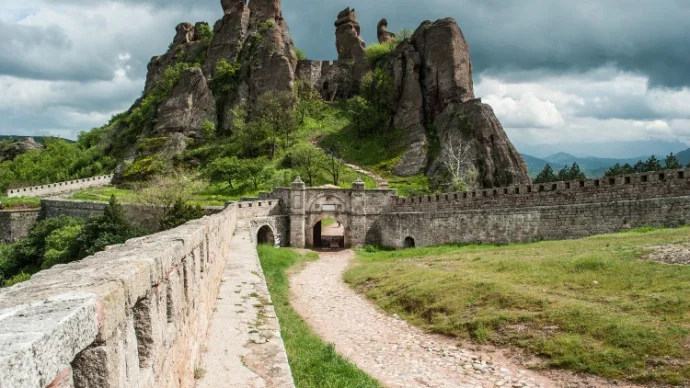About Novae
Novae, also known as Nove, was a Roman town and military camp and the headquarters of the 8th Augustan Legion, the ruins of which are now found in Bulgaria. Established in around 45 AD, Novae was of vital strategic importance for guarding from eastern attacks and grew to a size of around 27 hectares.
Sadly, relatively little remains of Novae today and the scant ruins of this settlement can be seen near Svishtov. There is a visitor centre at the site, housing excavated finds such as coins and statues and explaining the history of Roman Novae.
Novae history
The Romans had a military presence in the Lower Danube region from the mid 1st century AD, when an Augustan legion founded its castrum in the area after suppressing a Thracian uprising. Novae became 1 of 2 legionary bases within the province of Moesia Inferior and the legion was responsible for bridge building over the Danube.
Novae served as a base for operations for Roman campaigns against barbarian tribes during Trajan’s Dacian Wars. Up until around 70 AD the fortress walls were built from earth and wood, but during the campaigns of Trajan the walls were replaced with 3 metre-thick stone and cornered by 4 towers. The improved fortress also featured a headquarters and Trajanic basilica, as well as a hospital instead of the Flavian baths.
In the 3rd century, the Goths of Cniva attacked Novae which escaped damage, although the barbarians continually attacked the fortress until it was destroyed. During the 4th century, the legion was divided and Novae became more of an urban complex, paved with re-used stone and full of glass workshops.
After the Hunnic invasion in 441, Novae was abandoned by the legion but was continued to be used as a meeting place and forum until the end of the 6th century. At this point, Novae became the seat of a bishopric and experienced its last period of prosperity under Emperor Justinian, until in the 9th and 11th centuries when the settlement was ultimately destroyed by Slav and Avar attacks.
Excavation work began in the 1960s and continues into the present day as the area of Novae is extensive and covered by road and forest.
Novae today
Today, archaeological excavations have unearthed the ruins of a large military hospital, houses for officers and soldiers, toilets, baths alongside early Christian ruins. A portion of the site has been rebuilt by the EU and Polish government, allowing visitors to spend around 2 hours exploring the excavated ancient settlement.
Without charge you can see the ruins enhanced by a skeleton of metal frames that show you the height and lay out of the forum. There is also an exhibition space and interpretation centre and seafood restaurant nearby.
Getting to Novae
Only 4 kilometres east of Svishtov in Staklen (meaning ‘made of glass’ due to the Roman glass fragments excavated there), Novae is easily reached by car or walking from Staklen town centre. Staklen also has a train station. There is free parking on site.
Featured In

Bulgaria Historic Sites
Discover the best historic sites in Bulgaria, including cultural landmarks and attractions such as the ancient Thracian city of Perperikon and the medieval Boyana Church.




















